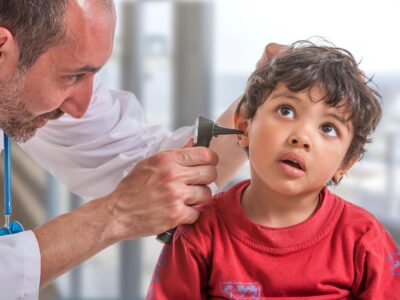May is Allergy and Asthma Awareness Month. In this blog, we’ll review the two conditions and explore the connection between them. It’s springtime and the trees and flowers are in full bloom. And with that comes an increase in pollen, which can wreak havoc on anyone suffering with allergies. But for some people, the same pollens that triggers an […]
Allergies


Common ENT Disorders
According to the American Academy of Otolayrngology’s Division of Head and Neck Surgery, ear, nose, and throat disorders are one of the main reasons children see a physician, and ear infections rank as the number one reason. February is Kids ENT Health Month, so this blog reviews a few of the more common ENT disorders that affect children. Just […]
Category Pages are limited to 10000 days. Please use the archive page or the search box to find older articles.




